A Macaque is any number of relatively small monkeys in the taxonomic genus Macaca. Researchers recognize 23 different species of these animals. In their natural range, these primates live throughout much of Asia.
Humans have even introduced these creatures to a few regions outside of their natural range, where people consider them invasive. Read on to learn about the Macaque.
Description of the Macaque
These monkeys typically have long arms, long legs, and long tails. However, some species have short tails, or no tails at all. Most grow fur over the majority of their bodies, with the exception of their faces, which are hairless.
They range in size from just 14 in. long all the way to 2 ft. long or more. The lightest species weigh as little as 5.5 lbs. while the heaviest weigh in at 30 or 40 lbs. or more.
Interesting Facts About the Macaque
Each of the 23 different species have their own unique traits and characteristics. Learn more about some individual species of Macaques below.
- Toque Macaque – This species is the smallest member of the Macaca It lives only in Sri Lanka, and the IUCN lists it as Endangered. The tiny species of monkey faces threats from habitat destruction for land development and plantations, hunting, and killing for sport.
- Tibetan Macaque – In contrast to the Toque species, this is the largest of the Macaque While their populations do not face quite as dire of threat as their tiny cousins, the ICUN does list the species as Near Threatened. As is the case in many other species, habitat destruction is the primary danger to their populations.
- Rhesus Macaque – These monkeys are incredibly common and well known. Humans interact with these creatures in a variety of ways. Many scientists use this species during scientific studies and similar research. In fact, the first living creature to travel to space successfully and return to earth was a Rhesus!
- Japanese Macaque – This species holds the interesting nickname “snow monkey.” These creatures are famous for their behavior when the weather gets harsh. During the cold winters, they dip into warm hot springs and relax.
Habitat of the Macaque
This group of primates occupies a range of different habitat types. Various species live anywhere from hot, arid regions to frigid areas with lots of snowfall. Some of the different ecosystems that they live in include mountains, tropical rainforests, scrub forests, wetlands, swamps, and more.
You can also find them in many different manmade habitats. They range through farms and plantations, into suburban areas, and even in cities.
Distribution of the Macaque
Different species have different distributions. The vast majority live in Asia, but some also live in Africa, parts of Europe, and humans have introduced them to other regions as well. Each species has its own unique range and distribution. Some live across wide regions while others occupy just a small range or a single island.
Diet of the Macaque
Though each species is different, most are herbivores, or feed primarily on plants. A few species are omnivorous and also eat insects and invertebrates. Their diets usually contain fruits, berries, buds, roots, leaves, and more.
Their diet also varies based on what region they live in. Individuals in different regions have access to different types of foods. Species that live closer to humans take advantage of crops and food scraps, like peanuts, bananas, rice, mangoes, sugar cane, and more.
Macaque and Human Interaction
Humans and the various species of Macaques interact in numerous ways. Many species inhabit urban areas and interact with humans frequently. Some even thrive through their interaction with humans.
However, this is not the case for many species. Human activity threatens different species through habitat destruction, particularly for agricultural purposes. They also hunt these monkeys for food, and even for fun.
Domestication
Humans have not domesticated any species of monkey.
Does the Macaque Make a Good Pet
No, these primates do not make good pets. Some people do keep them as pets, but in many places it is illegal to do so. These creatures are quite intelligent and social, it is incredibly difficult for you to properly care for them.
Macaque Care
It is common find several different species of these primates in zoos across the globe. The Rhesus monkey in particular does quite well in human care. As is the case with any primate, they need lots of space to exercise, and plenty of mentally stimulating activities and toys.
Zoos provide them with branches, ropes, puzzle toys, hidden food, and positive reinforcement training to help keep them stimulated. Veterinarians help zookeepers design their diet based on what their wild counterparts eat. Diets usually contain a variety of fruits and vegetables, commercially produced biscuits made for herbivores, and more.
Behavior of the Macaque
All of the various species live in social groups. Groups of different species contain different numbers of individuals. Some species live in relatively small family groups while others number in the hundreds. Within each group these creatures have unique social structures, each of which varies by species.
Reproduction of the Macaque
The different species have different reproductive rates and behaviors. Most species reach sexual maturity when they are between three and five years of age. The gestation period typically lasts about five or six months, and most females give birth to a single infant.
Weaning age varies for different species. Some wean their young at about six months, others around a year or more. Most young Macaques gain their independence when they are a year or two old. Females usually stay in the same family group, but males generally leave to find a new group when they reach sexual maturity.

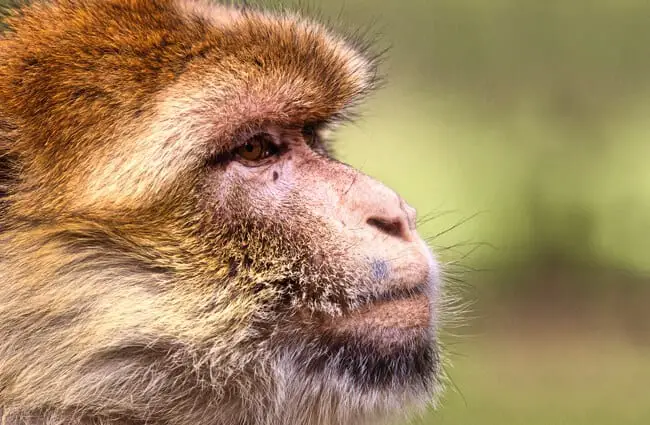
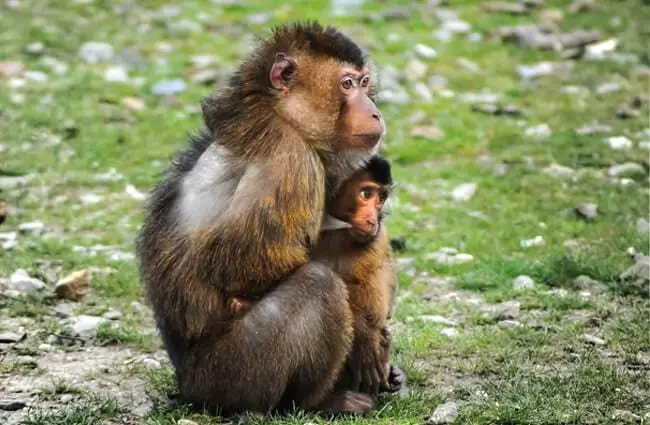
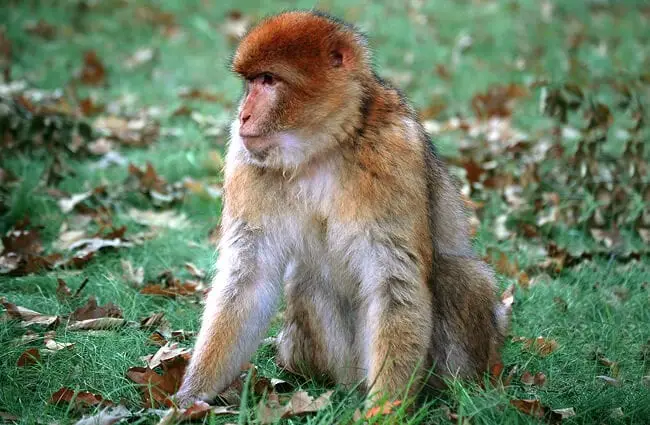
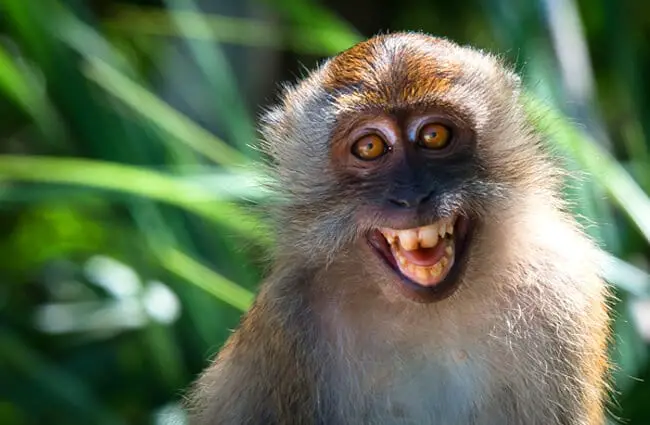
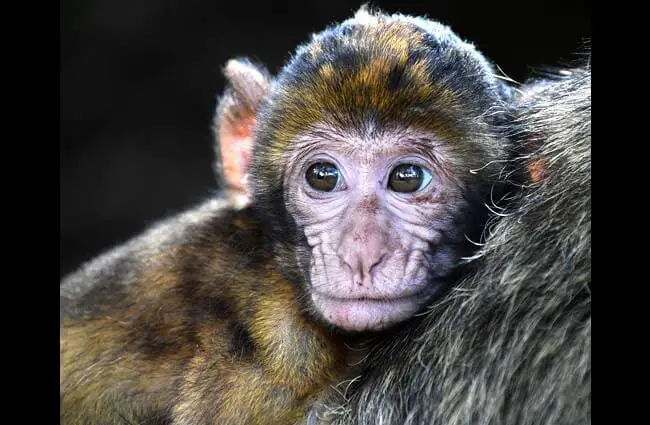



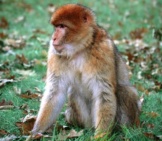
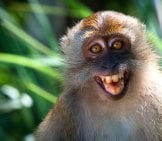

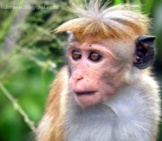
![Red Angus Closeup of a beautiful Red Angus cowPhoto by: U.S. Department of Agriculture [pubic domain]https://creativecommons.org/licenses/by/2.0/](https://animals.net/wp-content/uploads/2020/03/Red-Angus-4-238x178.jpg)












![Red Angus Closeup of a beautiful Red Angus cowPhoto by: U.S. Department of Agriculture [pubic domain]https://creativecommons.org/licenses/by/2.0/](https://animals.net/wp-content/uploads/2020/03/Red-Angus-4-100x75.jpg)

